
Disclaimer: This article contains minor spoilers for Season 8 of “Game of Thrones.” A basic understanding of the world of Game of Thrones is assumed in this post.
The Game of Thrones world of ice and fire is an unpredictable place both politically and environmentally. While the fate of the Iron Throne is yet to be confirmed, a humble steward has been working diligently to make some sense of the planet’s peculiar climate. The results could help scholars assess when future winters will be coming or how wind patterns may influence where eastern attacks on Westeros from invading dragons and ships would occur.
It is known that the realms of Westeros and Essos are subject to long-living seasons, with many extending over several years, but Samwell Tarly, the former heir of House Tarly and current steward of the Night’s Watch, has developed a new theory to explain this long seasonal cycle.
His research suggests that the seasons’ extended lifespans could be due to periodic changes in the planet’s tilt as it orbits around the Sun. The results were published in the Philosophical Transactions of the Royal Society of King’s Landing in the Common Tongue, with translations available in Dothraki and High Valyrian.
Tarly carried out his analysis while on sabbatical at the Citadel in Oldtown, Westeros. In the published article he notes that his study was “inspired by the terrible weather on the way here to Oldtown”.
Uncovering climate observations and models
Tarly’s first developed his theory after studying observational climate records stored in the Citadel library’s collections. Many of these manuscripts contain useful information on a number of climate conditions present within the Game of Thrones world, including the multiyear length of seasons.
Seasons occur when regions of a planet receive different levels of sunlight exposure throughout a year. The southern and northern hemispheres experience opposite degrees of sunlight exposure due to the natural tilt of the planet’s axis as it orbits around the Sun. For example, when the southern hemisphere is tilted closer to the Sun it experiences a warmer season; at the same time the northern hemisphere is tilted away from the Sun, so it experiences a colder season.
When a planet is consistently tilted on one side as it orbits around the Sun, the world experiences four seasons during one year. Tarly proposed that seasons could last over several years if the tilt of a planet changes during its orbit: “so that the Earth ‘tumbles’ on its spin axis, a bit like a spinning top”, he explains. If a planet were to only change the side of its tilt once a year, it would experience permanent seasons.
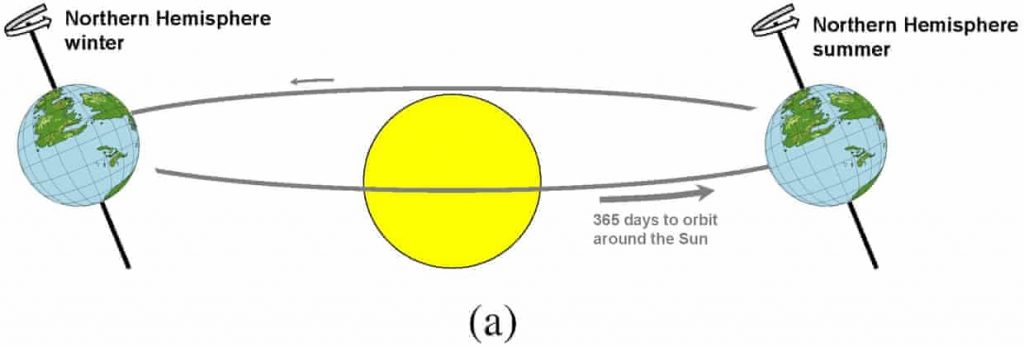
Caption: an example of Earth’s orbit in which (a) the angle of tilt of the spinning axis of the Earth stays constant through the year (Credit: Dan Lunt, University of Bristol)
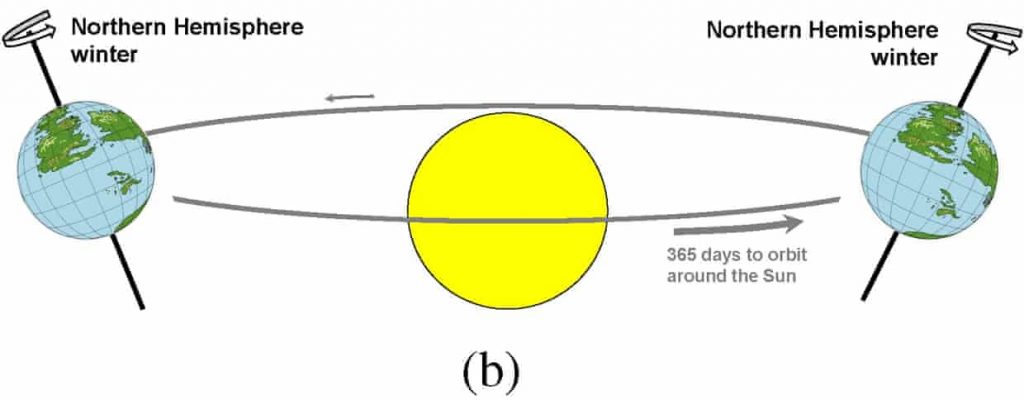
Caption: an example of Earth’s orbit in which (b) the tilt “tumbles” as the planet rotates round the Sun, such that the angle of tilt changes, so that the same Hemisphere always faces the Sun, giving a permanent season (Credit: Dan Lunt, University of Bristol)
Tarly put this theory to the test with the help of a climate model that he discovered on a computing machine stored in the Citadel cellars. “Luckily I learned how to code when I was back in Horn Hill avoiding sword practice,” Tarly explains in the text.
By running climate simulations with the proposed parameters of his theory, Tarly found that his model was consistent with much of the observational data present within the Citadel library. The models also estimated many climatic features of the world of Game of Thrones, including the seasonal change in temperature, precipitation and wind direction across Westeros.
In the published article, Tarly notes that his theory doesn’t explain how the planet transitions between summer and winter. He guesses that the tumbling pattern of the planet’s tilt persists for a few years, but then flips at one point so that the hemispheres experience new seasons. “The reasons for this flip are unclear, but may be a passing comet, or just the magic of the Seven (or magic of the red Lord of Light if your name is Melisandre),” Tarly writes.

Caption: The Northern Hemisphere winter (top row (a,b,c)) and summer (bottom row (d,e,f)) modelled climate, in terms of surface temperature (◦C; left column (a,d)) precipitation (mm/day; middle column; (b,e)) and surface pressure and winds (mbar; right column (c,f)). (Credit: Dan Lunt, University of Bristol)
The world of Game of Thrones compared to ‘real’ Earth
Tarly then compared the climate of the world of the Game of Thrones to that of a fictional planet called the ‘real’ Earth; Gilly, his partner and research associate, had found records of this planet’s climate in the Citadel library. The analysis revealed that in winter, The Wall, the northern border of the Seven Kingdoms, was similar in climate to many areas of the ‘real’ Earth, including parts of Alaska in the US, Canada, western Greenland, Russia, and the Lapland region in Sweden and Finland. “I always suspected that Maester St. Nicholas was a member of the Night’s Watch,” Tarly noted.
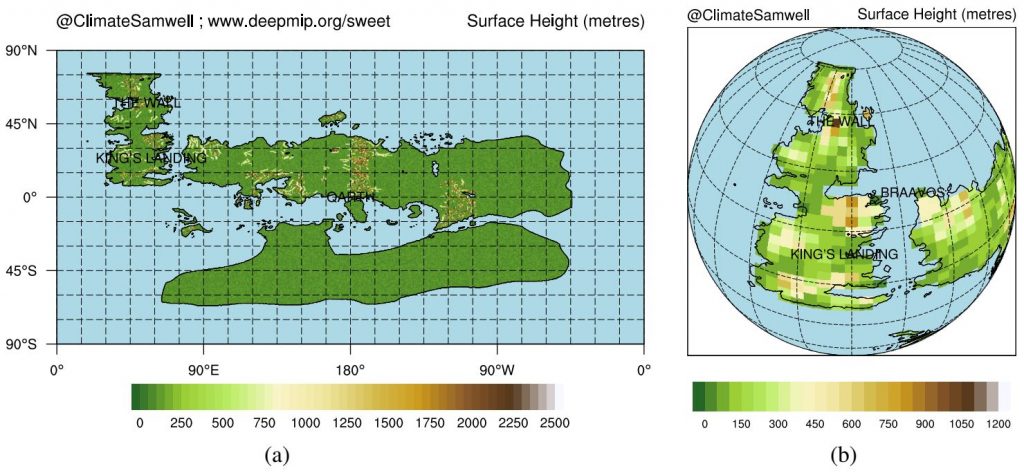
Caption: High-resolution (0.5◦ longitude ×0.5◦ latitude) mountain height for the whole planet. (b) Model-resolution (3.75◦ longitude ×2.5◦ latitude) mountain height for the region of Westeros and western Essos. (Credit: Dan Lunt, University of Bristol)
On the other hand, the models showed that the climate of Casterly Rock, the southern home of House Lannister, was similar to that of the Sahel region in Africa, eastern China, and a small region nearby Houston, Texas in the US.
Climate sensitivity in a world of ice and fire
Finally, Tarly used the climate models to investigate how climate change might impact the world of Game of Thrones. The simulations were done in response to some “worrying reports from monitoring stations on the island of Lys”; the stations have recently observed increasing concentrations of methane and carbon dioxide in the world’s atmosphere. It is suggested that this spike in greenhouse gas emissions could be due to the rising dragon population in Essos, deforestation from global shipbuilding, and excessive wildfire.
Tarly found that, by doubling the level of atmospheric carbon dioxide in his models, the world would warm on average by 2.1°C over 100 years. The results showed that the greatest warming would occur in the polar regions, since warming-induced sea ice and snow melt can trigger additional warming as a positive feedback.
By comparing this level of warming to the Pliocene period of the ‘real’ Earth 3 million years ago, Tarly predicted that the sea level of the world of Game of Thrones could rise by 10 metres in the long term. This degree of sea level rise is sufficient to flood several coastal cities, including King’s Landing.
In the paper, Tarly stresses that climate action from all the Kingdoms is needed to prevent even more social instability and unrest from climate change. He suggests that all governing bodies should work on reducing their greenhouse gas emissions and invest in renewable energy, such as windmills.
If he survives the war for Westeros, Tarly expects that improving his climate analysis will keep him busy for years to come.
By Olivia Trani, EGU Communications Officer
This unfunded work was carried out by Dan Lunt, from the University of Bristol School of Geographical Sciences and Cabot Institute, Carrie Lear from Cardiff University and Gavin Foster from the University of Southampton during their spare time, using supercomputers from the Advanced Centre for Research Computing at the University of Bristol. You can learn more about the climate models online here.


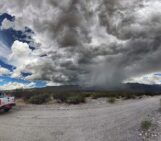
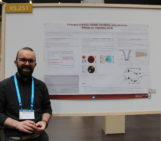

Zilin Wang
Wow! This work is amazing! Which climate model did you apply?